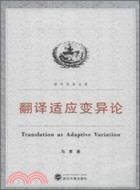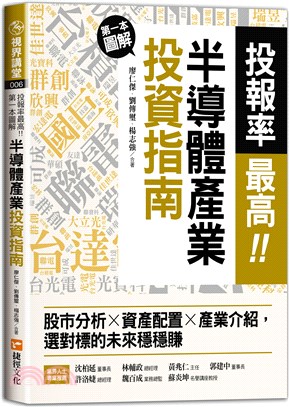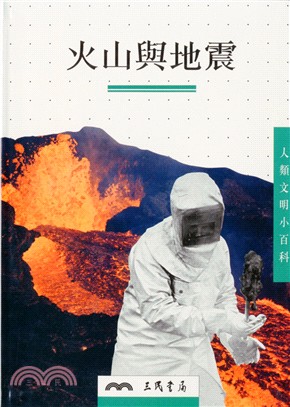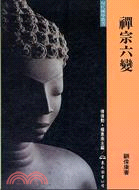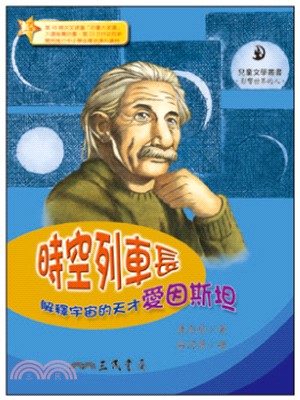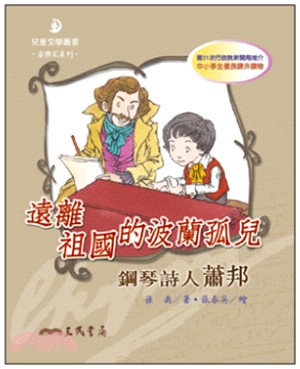商品簡介
作者簡介
名人/編輯推薦
目次
1.1 Preview
1.2 Object of the research
1.3 Rationale of the research
1.4 Problems with the existing translation studies
1.5 Objectives of the research
1.6 Key research questions and hypotheses
1.7 Research methodology
1. 8 Significance of the research
1.9 Structure of the research
Chapter 2 Review of the Relevant Literature
2. 1 Introduction
2.2 A meta-theoretical thinking of translation studies
2. 2. 1 Different focuses of investigation
2. 2. 2 Problems of translation, studies
2. 2. 3 Problems with research methodology
2. 2. 4 Some taken for-granted facts in translation studies
2. 3 Studies related to translational variations
2.3.1 Translation shift
2. 3. 2 The variational approach
2. 3. 3 Huang's study on special variations in translation
2. 3. 4 Hu's adaptation and selection approach
2.4 Summary
Chapter 3 A Description of Adaptation-Theoretic Framework
3. 1 Introduction
3. 2 Introduction to adaptation theory
3. 2. 1 Pragmatics as a general functional perspective
3. 2. 2 Theory of linguistic adaptation
3. 2. 3 Four angles of investigation
3. 2. 4 Three properties of language
3. 3 An adaptation-theoretic approach to translation as adaptive variation
3. 3. 1 Contextual correlates in translational context
3. 3. 2 Translation as translator-centered
3. 3. 3 Language properties as prerequisites for translation operation
3. 3. 4 Translating as dynamic processes of making choices
3. 3. 5 Salience as cognitive filter
3. 3. 6 Translation as realization of adaptation
3. 3. 7 Translational variation as the result of adaptation
3.4 Summary
Chapter 4 Salience as a Cognitive Filter
4. 1 Introduction
4. 2 The Cognitive nature of salience
4.2.1 The notion of salience
4.2.2 Degree of salience
4.2.3 Dynamics of salience
4.3 Salience of the ST features
4.4 Salience of the TT norms
4.5 Salience of sociocultural context
4.6 Salience to the translator
4.7 Salience as a cognitive filter
4.8 Summary
Chapter 5 Adaptability of Translation
5.1 Introduction
5.2 Linguistic adaptability
5.3 Translational adaptability
5.3.1 Terminological problem and ambiguity
5.3.2 Redefining adaptation or adaptabdity
5.4 Bidirectionality of adaption
5.5 Obligatory adaptation
5.5.1 Adaptation to the rules of phonological patterns
5.5.2 Adaptation to the rules of syntactical structure
5.5.3 Adaptation to the rules of textual organization
5.6 Optional adaptation
5.6.1 Interpersonal adaptability
5.6.2 Intertextual adaptability
5.6.3 Sociocultural adaptability
5.7 Summary
Chapter 6 Variability of Translation
6.1 Introduction
6.2 Linguistic variability
6.3 Translational variability
6.4 Possibilities of translational variation
6.4.1 Variability of Linguistic forms
6.4.2 Variability of semantic content
6.4.3 Variability of pragmatic function
6.4.4 Variability of text type and text function
6.5 Variation as dynamic processes of choice making
6.5.1 Dynamic choice making of ST interpretation
6.5.2 Dynamic choice making of TT production
6.6 Variation as Translation Strategy
6.7 Variation as Translational Creativity
6.8 Translational products as a continuum of variations
6.9 Summary
Chapter 7 Translation as Adapave Variation: A Unified Account
7.1 Introduction
7.2 Translation as adaptive variation
7.3 Principles of translation
7.3.1 Adaptation principle
7.3.2 Conditioning principle
7.3.3 Variational principle
7.4 A Unified account of translation
7.4.1 ST as source of information for translation
7.4.2 TT as communicative text in target culture
7.4.3 Paradoxes and disputes revisited
7.4.4 Translatability reconsidered
7.5 Summary
……
Chapter 8 Conclusion
Bibliography
書摘/試閱
2.2.3 Problems with research methodology
2. 2. 3. 1 Multidisciplinary problem
In modern translation studies, scholars and theorists have beenstruggling for more enlightening and illuminating ideas about translation.They have attempted to apply the achievements of other disciplines to TS, such as literary theory, linguistics, sociolinguistics, semiotics,pragmatics, cognitive science, communication theory, informationtheory, anthropology, and philosophy. These studies are obviouslymore systematic and scientific to some extent within their own domain,but they usually investigate translation from their own vantages ofperspective, which can only contribute to some aspects of TS, and thelack of comprehensive, holistic, and coherent studies is alsoapparent. Anyway, those explicit inspirations as well as the flaws of theprevious studies provide us with useful resources for this presentresearch. The problem is how to integrate them into a harmoniousapproach. On the one hand, we have no reason to reject those rivaltheories, or on the other hand, to casually incorporate some potentiallyuseful notions into overextended versions of others on the other.
TS by its nature is multi-disciplinary. As we know, translation isthe most complex event of the cosmos. Naturally, it is not only a concern of one particular discipline, but concerns of many disciplines.The multidisciplinary nature of TS seems to be universally acknowledged,Wilss (1982: 65) realizes that"translation cannot be termed a purely'linguistic operation' ... but rather must be thought of as apsycholinguistic, sociolinguistic and pragmalinguistic'process..." DeWaard and Nida (1986: 185) also express the same idea as "it(translation) is an activity which may be systematically described andrelated meaningfully to various disciplines. ...it is built upon a numberof scientific disciplines, including psychology, linguistics, communicationtheory, anthropology, and semiotics. "
The boom of multi-disciplinary studies which are insightful andinspiring to some extent has paved the way for a comprehensive study ontranslation. Now it is time to integrate the enormous amount of tentativestudies from the perspectives of different disciplines. Though the multi-disciplinary studies of translation are actually helpful in the thoroughunderstanding of some aspects of translating from different angles (方夢之, 1996), each of these studies looks at the same problems from itsown perspective, and its conclusion can only reflect one part of thewhole translation event. An obvious flaw of these studies lies in the factthat each of them has its own emphasis and viewpoints and contributesless to a holistic study.
主題書展
更多主題書展
更多書展本週66折
您曾經瀏覽過的商品
購物須知
大陸出版品因裝訂品質及貨運條件與台灣出版品落差甚大,除封面破損、內頁脫落等較嚴重的狀態,其餘商品將正常出貨。
特別提醒:部分書籍附贈之內容(如音頻mp3或影片dvd等)已無實體光碟提供,需以QR CODE 連結至當地網站註冊“並通過驗證程序”,方可下載使用。
無現貨庫存之簡體書,將向海外調貨:
海外有庫存之書籍,等候約45個工作天;
海外無庫存之書籍,平均作業時間約60個工作天,然不保證確定可調到貨,尚請見諒。
為了保護您的權益,「三民網路書店」提供會員七日商品鑑賞期(收到商品為起始日)。
若要辦理退貨,請在商品鑑賞期內寄回,且商品必須是全新狀態與完整包裝(商品、附件、發票、隨貨贈品等)否則恕不接受退貨。




